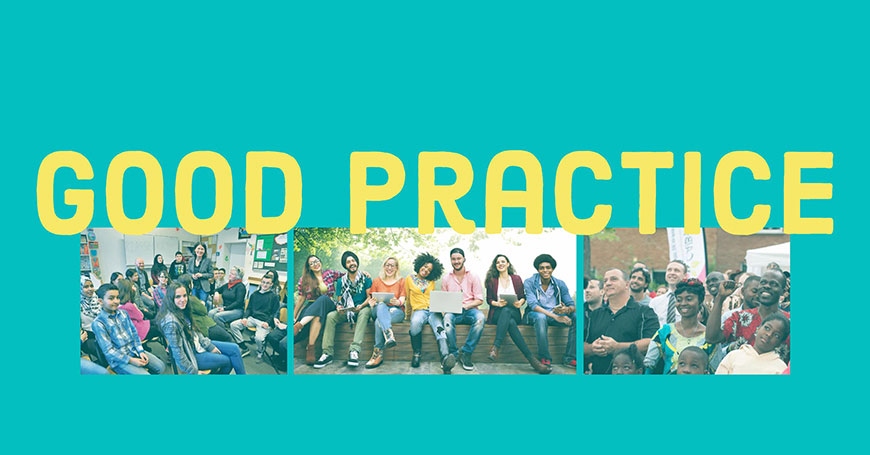Intercultural cities: good practice examples

The first step is the adoption (and implementation) of strategies that facilitate positive intercultural encounters and exchanges, and promote equal and active participation of residents and communities in the development of the city, thus responding to the needs of a diverse population. The Intercultural integration policy model is based on extensive research evidence, on a range of international legal instruments, and on the collective input of the cities member of the Intercultural Cities programme that share their good practice examples on how to better manage diversity, address possible conflicts, and benefit from the diversity advantage.
This section offers examples of intercultural approaches that facilitate the development and implementation of intercultural strategies.
Roma Strategy for the Bradford District (2021-2025)
Purpose: The aim of the Bradford District Roma Strategy is to improve engagement between statutory public services and the Roma community – through working with the community. Stimulus/Rationale:...
Roma school promoters
Purpose: To address the inequalities in the education system through a “school promoters” project. The School Promoters aims to achieve full schooling, school success and the socio-labour promotion...
Barcelona’s Neighbourhood Plan
Purpose: The Neighbourhoods Plan (Pla de Barris) is a municipal initiative that implements social, economic, and urban actions to reduce inequalities between the city's neighbourhoods. It is an...


